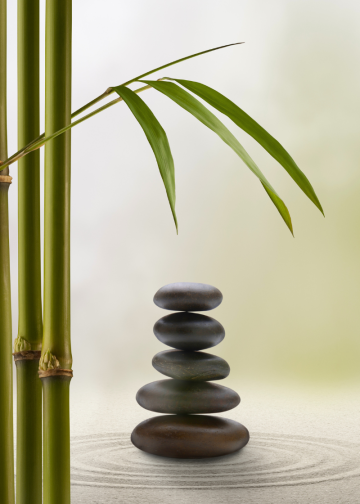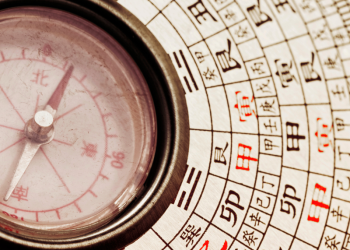The Solo Travel Guide
A Solo Adventure. There’s something quietly revolutionary about stepping out into the world with a single suitcase and an open...

|
Getting your Trinity Audio player ready...
|

Feng Shui, an ancient Chinese practice, is centered around creating harmony between individuals and their environment. Rooted in the belief that the spatial arrangement of a home, workplace, or landscape influences energy flow (Qi), feng shui aims to enhance well-being, prosperity, and balance. Over centuries, this practice has evolved, integrating traditional wisdom with contemporary applications. This article explores its rich history, the different schools of thought, past applications, and how it is practiced today.
Feng shui dates back thousands of years, with origins in ancient China. Early evidence of feng shui principles can be found in Neolithic tombs and early city planning, where structures were aligned according to celestial and environmental factors. The practice became deeply ingrained in Chinese culture, influencing everything from home construction to the layout of entire cities.
During the imperial era, feng shui was used to design palaces, temples, and burial sites, ensuring that rulers and their descendants maintained prosperity and power. Daoist philosophy played a significant role in shaping feng shui, emphasizing the balance of Yin and Yang and the Five Elements (wood, fire, earth, metal, and water). As Chinese culture spread, feng shui influenced architecture in neighboring regions such as Korea, Japan, and Southeast Asia.

Feng shui has evolved into several schools of thought, each offering unique methods and interpretations:
Historically, feng shui determined the best locations for settlements, homes, and burial sites. Palaces and temples were constructed according to feng shui principles, ensuring harmony with the natural surroundings. Chinese villages were often designed with a protective mountain at the back and a flowing river in front, symbolizing stability and prosperity. Feng shui masters were highly regarded and consulted by emperors and commoners to ensure success in various aspects of life.

Feng shui has a place in modern homes, businesses, and urban planning. Today’s applications include:
Feng shui continues to evolve, blending traditional wisdom with contemporary lifestyles. While its mystical aspects may not resonate with everyone, its core principles of balance, harmony, and mindful spatial arrangement remain relevant. By integrating feng shui into daily life through mindful home organization or intentional workspace design, individuals can create environments that support well-being, productivity, and peace.
photo © humonia via canva.com
photo © zerber via canva.com
photo © powerofforever via canva.com
photo © eskemer via canva.com
A Solo Adventure. There’s something quietly revolutionary about stepping out into the world with a single suitcase and an open...
Let Your Hands Get Dirty. Each spring, as the days longer and the air softens with possibility, I find myself...
Your Natural Beauty: Beauty is not a fixed ideal—it is a luminous quality that evolves with us. The secret to...
Personal Expression: Fashion is an ever-evolving expression of who we are. Over the years, we’ve seen trends come, go, and...
Sacred Spaces: As human beings, we are creatures of habit. We create routines to bring structure, whether it’s our morning...
My Style: Our look is more than fabric on our skin—it expresses who we are. Our wardrobe choices can communicate...
© 2025 Slow Harvest Yoga